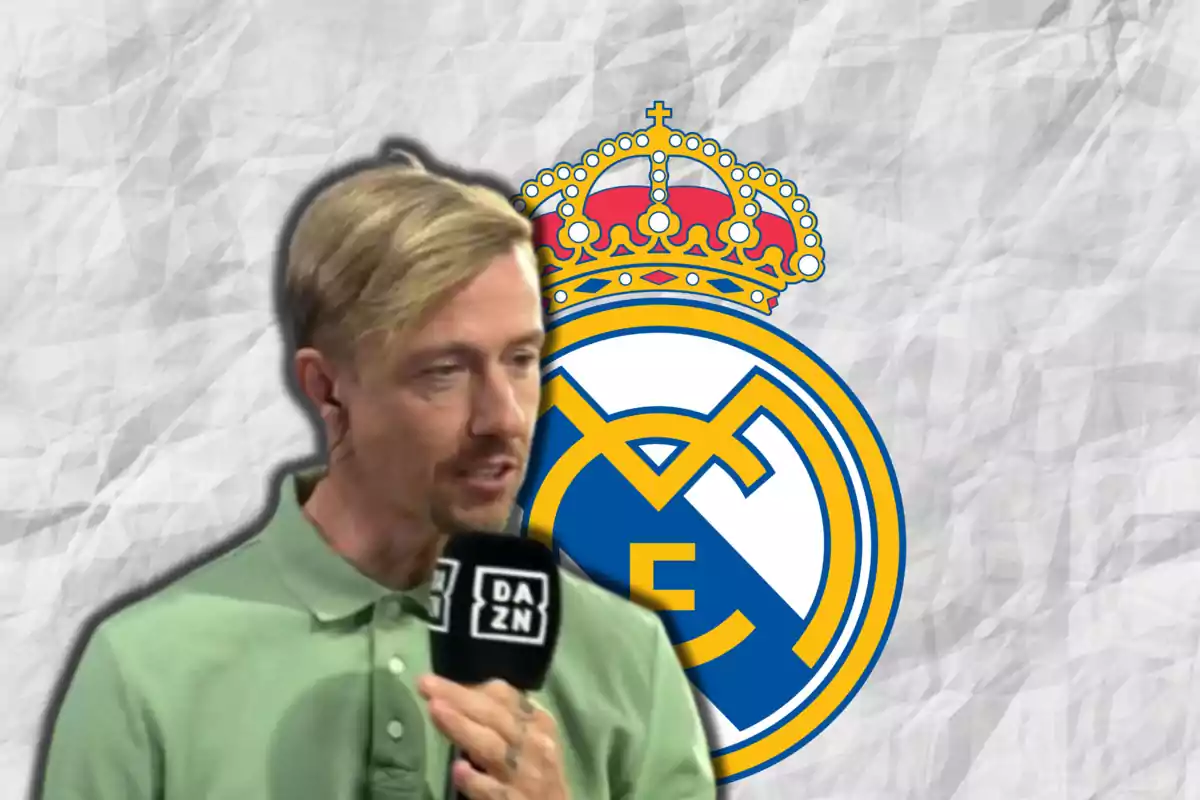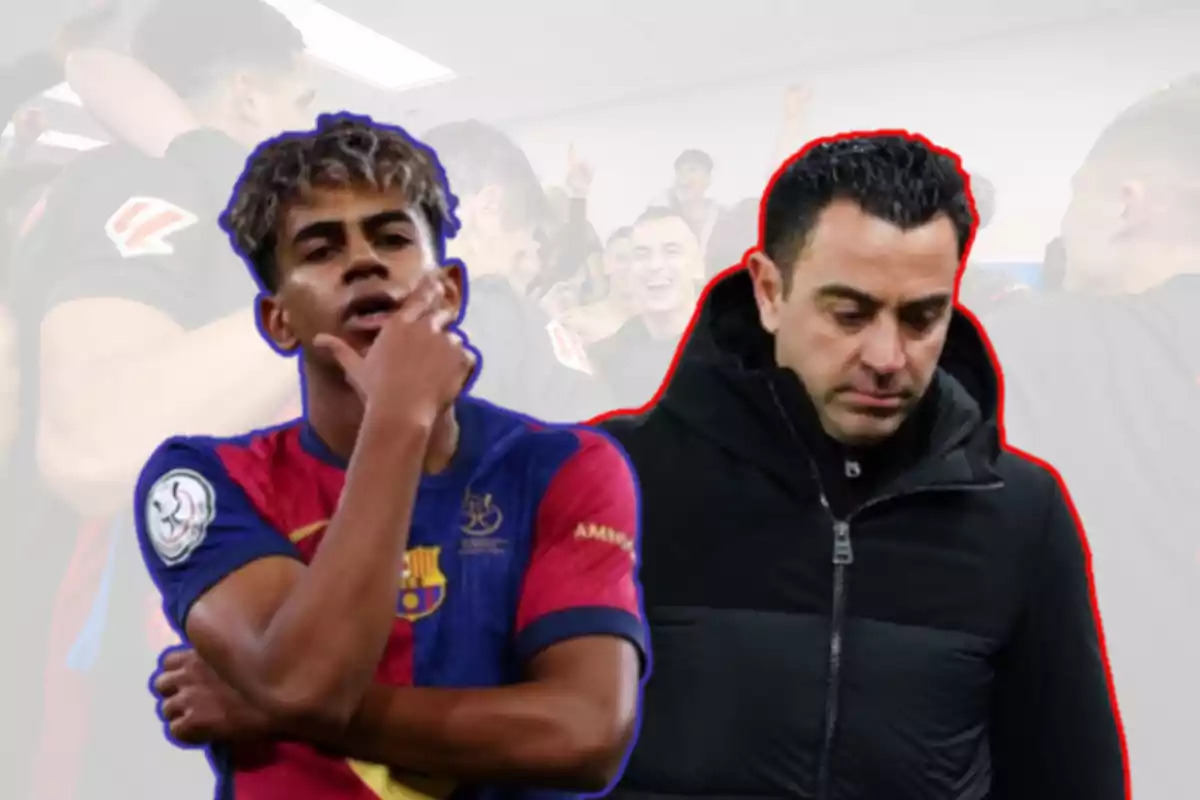El Chiringuito contributor and former Real Madrid footballer, José María Gutiérrez, criticized Lamine Yamal for appearing after the Champions League final wearing a cap on his head. The Spanish national team lost on penalties to a Portugal led by Cristiano Ronaldo. Some contributors to the show hosted by Josep Pedrerol criticized the decision.
Juanma Rodríguez was one of them. The other was Guti, who was much more forceful. The former midfielder considered that a player shouldn't appear like that when representing a soccer team or a national team. He said that he could dress like that on the street or in his leisure time, but not during moments when he was wearing a jersey.

criticism of Guti
The problem is that he did the same thing. He probably doesn't remember because, as time goes by (and other things), memory fades. The photo has gone around the world and has gone viral on social media. Guti appeared at a press conference wearing a cap. He was a Real Madrid player and, therefore, was representing Glorious Real Madrid at that moment.
Guti wasn't the only one
Other Real Madrid footballers (and also Barça footballers) have worn caps and Guti hasn't complained. His excuse for criticizing Lamine Yamal hasn't worked out well for him.
Guti, a Real Madrid legend with highs and lows
José María Gutiérrez Hernández, known in soccer as Guti, is one of the great figures associated with Real Madrid from the late nineties and the 2000s. His story with the white club began very early, as he joined Real Madrid's youth academy at 8 years old.

After a constant and dazzling progression through the youth ranks, he made his first-team debut in December 1995, at just 19 years old, under the guidance of Jorge Valdano.
During fifteen seasons with the first team, from 1995 to 2010, Guti played 542 official matches, in which he scored 77 goals and provided at least 94 assists. He made his league debut in a match against Sevilla in the 1995/96 season.
With Real Madrid, he won an impressive list of honors: five La Ligas, four Spanish Super Cups, three Champions Leagues, one UEFA Super Cup, and two Intercontinental Cups. These titles reflect Guti's importance in one of the club's most successful eras.

Guti was always a player known for his enormous technical quality, his vision of the game, and a passing precision that few have matched in the history of Spanish soccer. Throughout his career, he played different roles on the team: from attacking midfielder and central midfielder to, at times, second striker.
His best season in terms of goals was 2000-01, in which he scored 14 goals and netted a goal fondly remembered by Madridist fans: the club's 500th goal in the Champions League, scored against Sporting de Lisboa.
The arrival of great figures like Zidane and Beckham from 2001 forced him to alternate between the starting line-up and the bench, although he always managed to reinvent himself and contribute to the team. From 2003, with the departure of some teammates and the arrival of coaches like Fabio Capello, Guti became a key organizer in the double pivot, especially in the 2006-07 campaign.
One of the great moments of his career came in the 2007-08 season, in which he was the league's top assist provider, with 18 assists, highlighting his performance in the 7-0 win over Valladolid, where he provided five assists and scored two goals.
In the final stage of his career at Real Madrid, especially in the 2009-10 season, injuries limited his participation, although he still showed flashes of his class, such as the famous backheel assist to Benzema at Riazor, one of the most iconic plays of his career. Finally, on July 25, 2010, Guti announced his departure from the club after 25 years wearing white.

